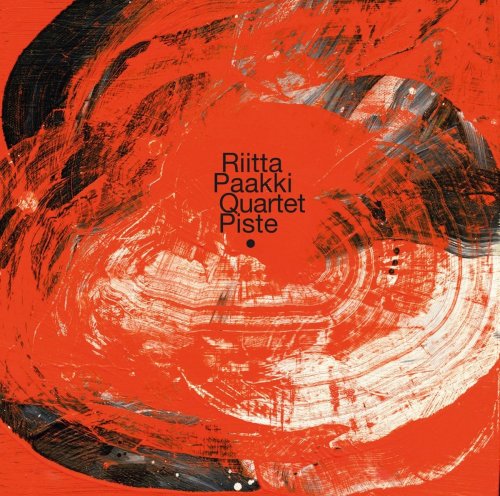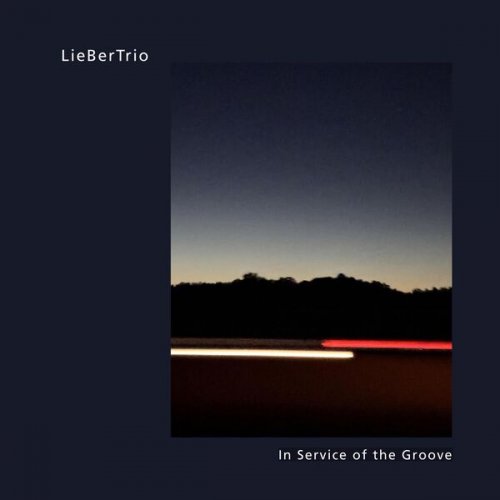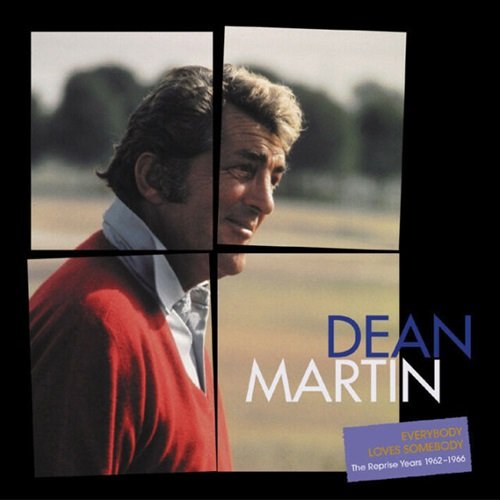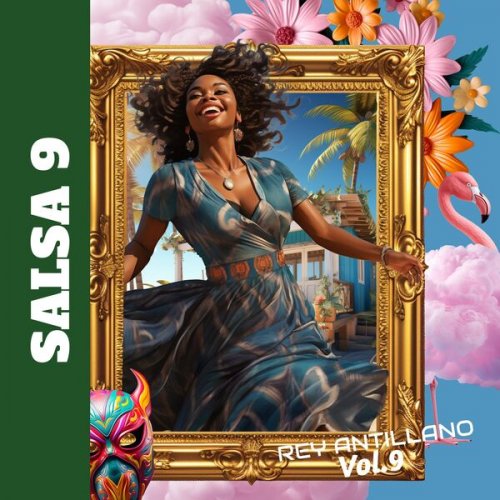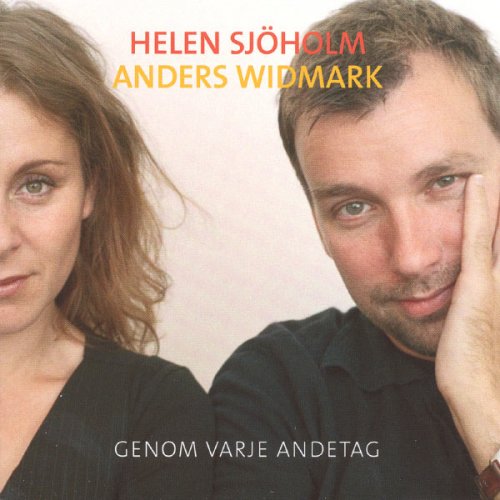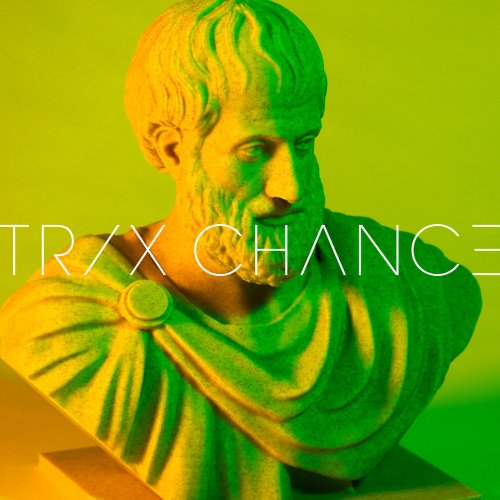Kim Kashkashian, Robert Levin, Robyn Schulkowsky - Dmitri Shostakovich, Paul Chihara, Linda Bouchard (1991)
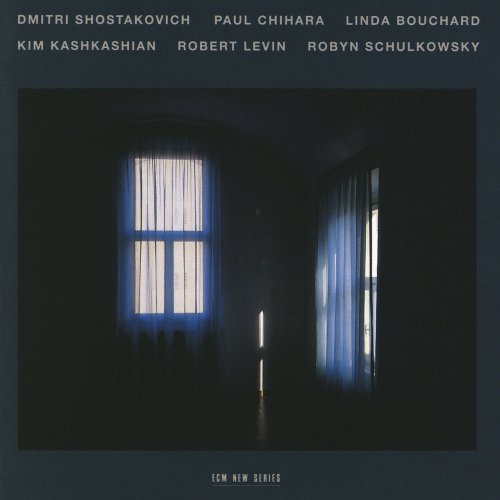
Artist: Kim Kashkashian, Robert Levin, Robyn Schulkowsky
Title: Dmitri Shostakovich, Paul Chihara, Linda Bouchard
Year Of Release: 1991
Label: ECM New Series
Genre: Classical
Quality: FLAC (tracks)
Total Time: 01:00:27
Total Size: 236 Mb
WebSite: Album Preview
Tracklist: Title: Dmitri Shostakovich, Paul Chihara, Linda Bouchard
Year Of Release: 1991
Label: ECM New Series
Genre: Classical
Quality: FLAC (tracks)
Total Time: 01:00:27
Total Size: 236 Mb
WebSite: Album Preview
1. Bouchard: Pourtinade
by Kim Kashkashian and Robyn Schulkowsky
2. Chihara: Redwood
by Kim Kashkashian and Robyn Schulkowsky
3. Shostakovich: Sonata for Viola and Piano, Op.147 - 1. Moderato
by Kim Kashkashian & Robert Levin
4. Shostakovich: Sonata for Viola and Piano, Op.147 - 2. Allegretto
by Kim Kashkashian & Robert Levin
5. Shostakovich: Sonata for Viola and Piano, Op.147 - 3. Adagio
by Kim Kashkashian & Robert Levin
Kim Kashkashian’s third disc for ECM is a curiously mixed bag. Although the liner notes give some delightful anecdotes and insider’s information, I am torn over how much said information enriches my experience of the whole. For example, Kashkashian points to the percussiveness of Shotakovich’s piano writing in his Sonata for Viola and Piano op. 147 as justification for the two companion pieces scored for “actual” percussion and viola. To be sure, this is a fascinating connection, though one that perhaps only the performers can intuit with such immediacy. Either way, the knowledge does guide my listening in new directions and pushes me to burrow into the music wholeheartedly.
We begin with Pourtinade by Linda Bouchard, consisting of nine sections that may be rearranged at will and which are otherwise meticulously notated. Each chapter breeds freshness in this indeterminate order and points to a hidden vitality behind the deceptively ineffectual surface. This is a piece that finds precision in its looseness. Deftly realized, Schulkowsky’s percussion work is porous and minutely detailed like a spiked pincushion through which Kashkashian threads her song.
Next we have Paul Seiko Chihara’s Redwood. Chihara, a film composer who has collaborated with such greats as Louis Malle, was inspired by Japanese ukiyo-e woodblock prints for this piece largely built around melodic phrases volleying between viola and tuned drums. I doubt that one would ever guess its source from the music alone, and I can’t say for sure whether this really informs the way I listen to it. Nonetheless, the programmatic music has its heart set on something beautiful.
Last but not least is Dmitri Shostakovich’s Sonata for Viola and Piano op. 147. This being his final work, it unfolds like the imminence of death and the timid promise of afterlife. The central Allegretto is filled with concentrated ardor, held back every time it threatens to transcend its cage, and the final 15-minute Adagio is as visceral a swan song as one could expect from such a towering figure in modern music. While this sonata does sound haggard, conserving its energy for selective crescendos, there is a glint of affirmation for every cloud of resignation, so that by the end there is only neutral space.
Even after repeated listenings, I am still not sure how successful this program is as a whole. While the Bouchard and Chihara pieces have their own merits, knowing that Shostakovich is waiting around the corner throws a much different shadow on already obfuscated atmospheres. It’s not that the conceptual approach of the percussion pieces is out of place with the op. 147, but simply that they feel like different languages in want of an intermediary (and, to Kashkashian’s credit, she tries her best to fulfill that role). They rather put me in mind of the stark stop-motion artistry of the Brothers Quay, and would perhaps be better suited to such imagery, crying as they are for visual accompaniment. Nevertheless, all three musicians’ rich talents scintillate at every moment, breathing vibrancy into still notes on a page with oracular fervor.
Knowing the context of a piece biases our interpretation of it. This can be a hindrance, or it can lead to an enlightened understanding. In this case, I find it to be both—hence my complicated reactions to this release. Sometimes the most memorable musical experiences are also the most unexpected. Albums such as this remind us that music is its own reward.
We begin with Pourtinade by Linda Bouchard, consisting of nine sections that may be rearranged at will and which are otherwise meticulously notated. Each chapter breeds freshness in this indeterminate order and points to a hidden vitality behind the deceptively ineffectual surface. This is a piece that finds precision in its looseness. Deftly realized, Schulkowsky’s percussion work is porous and minutely detailed like a spiked pincushion through which Kashkashian threads her song.
Next we have Paul Seiko Chihara’s Redwood. Chihara, a film composer who has collaborated with such greats as Louis Malle, was inspired by Japanese ukiyo-e woodblock prints for this piece largely built around melodic phrases volleying between viola and tuned drums. I doubt that one would ever guess its source from the music alone, and I can’t say for sure whether this really informs the way I listen to it. Nonetheless, the programmatic music has its heart set on something beautiful.
Last but not least is Dmitri Shostakovich’s Sonata for Viola and Piano op. 147. This being his final work, it unfolds like the imminence of death and the timid promise of afterlife. The central Allegretto is filled with concentrated ardor, held back every time it threatens to transcend its cage, and the final 15-minute Adagio is as visceral a swan song as one could expect from such a towering figure in modern music. While this sonata does sound haggard, conserving its energy for selective crescendos, there is a glint of affirmation for every cloud of resignation, so that by the end there is only neutral space.
Even after repeated listenings, I am still not sure how successful this program is as a whole. While the Bouchard and Chihara pieces have their own merits, knowing that Shostakovich is waiting around the corner throws a much different shadow on already obfuscated atmospheres. It’s not that the conceptual approach of the percussion pieces is out of place with the op. 147, but simply that they feel like different languages in want of an intermediary (and, to Kashkashian’s credit, she tries her best to fulfill that role). They rather put me in mind of the stark stop-motion artistry of the Brothers Quay, and would perhaps be better suited to such imagery, crying as they are for visual accompaniment. Nevertheless, all three musicians’ rich talents scintillate at every moment, breathing vibrancy into still notes on a page with oracular fervor.
Knowing the context of a piece biases our interpretation of it. This can be a hindrance, or it can lead to an enlightened understanding. In this case, I find it to be both—hence my complicated reactions to this release. Sometimes the most memorable musical experiences are also the most unexpected. Albums such as this remind us that music is its own reward.
